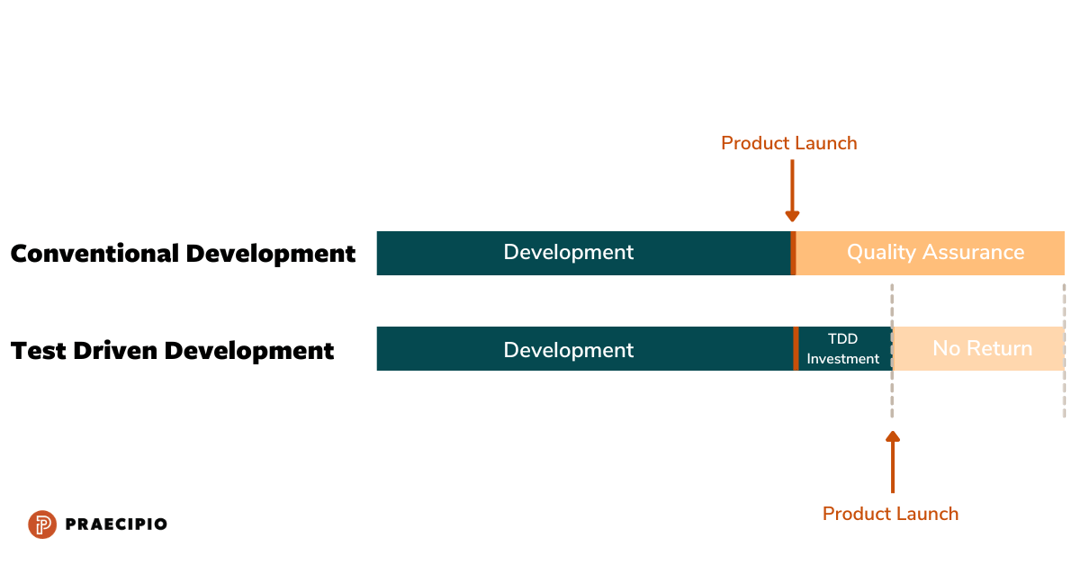When we're in the process of creating a product, we want to see the end result. We have a vision of what the product will look like and how we want to get there, so it's tempting to try to get the product running as quickly as possible. However, if and when the product breaks or needs to be updated, we are going to be responsible for fixing it. With that in mind, we look toward Test Driven Development (TDD).
Nobody likes folding laundry. It takes time, and not everyone appreciates the results (at least not initially). The next morning is a different story: When you wake up to a crisp stack of folded shirts, choosing an outfit is easy - there's no rummaging through a laundry bin and you know exactly what's ready to wear. Sometimes, an initial time investment such as folding laundry, can help us out in the future.
Testing the Feature
We could test manually, going through our list of features and testing each feature to make sure the product is operating as intended. Or, we might write automated tests once the product is finished. But like rummaging through a laundry bin, working through this retroactively can be complicated and we may miss important information.
Many developers use TDD to prevent dealing with this "laundry". Instead of writing tests during the QA phase of development, developers write automated tests before anything else. Imagine a developer adding a new feature to software that allows the user to change the color of the background. The developer first writes an automated test to check whether the background color is changed once a button is clicked. The test may initially fail. They would then add the functional code and use the automated test to make sure the feature works.
Why would a developer want to spend extra time writing tests before building a product?
First of all, TDD keeps development simple and goal-focused. Features are added only when they can pass a specific test. This means that the developer has to make sure that each feature is necessary and the objective of that feature is clear. With no objective, it's impossible to write a test to pass your objective.
The TDD time investment leads to time savings in the future. Although it takes more time to include automated tests in the initial development of a product, there is potential for time savings in the future. When a product breaks, it's clear which part of the code is causing the failure. This means that QA may go more smoothly as bugs or product upgrades arise.
 Conventional development vs. Test Driven Development. Using TDD requires an initial time investment but can lead to time savings long-term.
Conventional development vs. Test Driven Development. Using TDD requires an initial time investment but can lead to time savings long-term.
Of course, TDD processes aren't the best for every team. When there are too many possible test cases (often seen in GUI development) it can become impossible to write tests for every functional situation. Like any set of processes a team uses, think about what makes sense for your situation. Does the product have finite requirements? Has QA testing used eaten away hours of time due to buried bugs? Making an early time investment can keep things orderly. Even if your sock drawer is destined to be a mess, think about how you're building your products.
Want to learn more about testing? Book a technical call with an expert.

